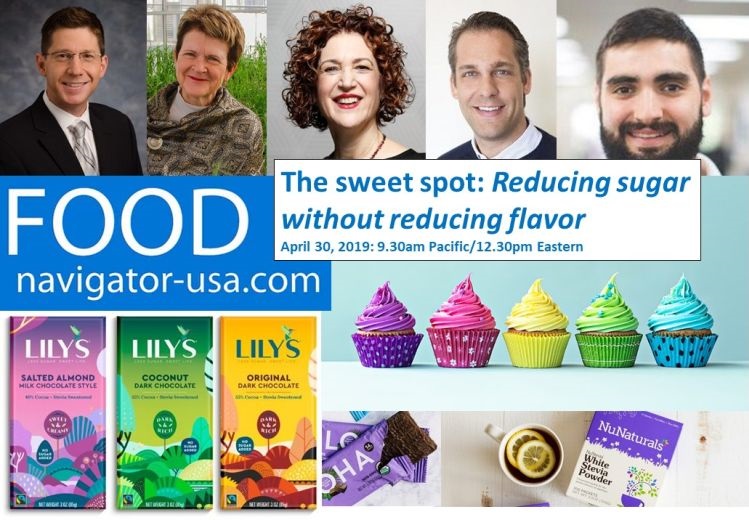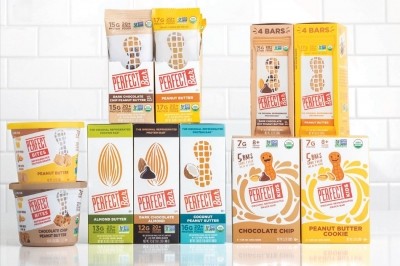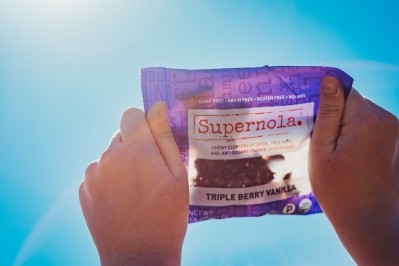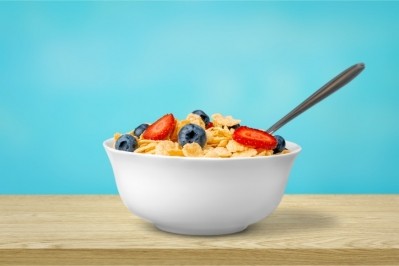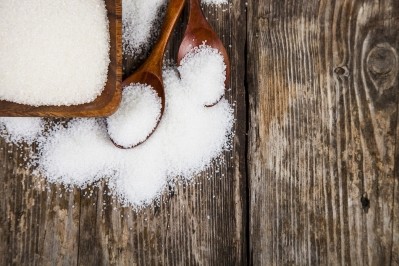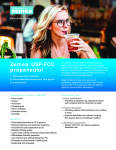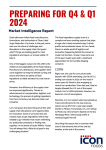KIND challenges snack makers to better disclose sugar & sweeteners in products with an ‘X-ray’ popup
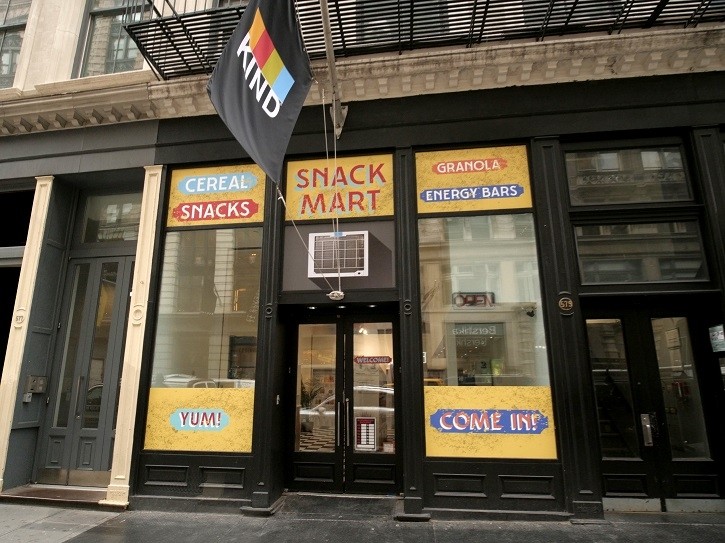
This prompted the snack maker, which has been a leader in ingredient transparency – especially around sweeteners, to publicly challenge the food industry to better disclose sweeteners that it says are “hidden” in America’s top snacks.
KIND made the call to action this week with the launch of an “augmented reality-enabled installation” in New York City that allows visitors to take an AR ‘X-ray’ of popular snacks to see how much – and what kinds – of sugar are inside.
The company also unveiled a national mobile index that holds no punches in breaking down what types and the amount of sugar and other sweeteners in popular snack bars, granolas, cereals and yogurt. It includes detailed information about competitors’ ingredients and the percentage of which the overall product is sugar or a sugar alcohol. In many cases, the percentages reach double digits and far exceed what it is in KIND’s products – but there are a few options that come in with a lower overall percentage of sugar and sweeteners than the site’s host brand.
KIND also published a dictionary of sweeteners and how they are used, as well as an updated timeline of the action it has taken to shine a light on and reduce the amount of sugar in its products.
KIND further takes competitors to task in an infographic that compares the amount of sugar in snacks that consumers might perceive as healthy to iconic indulgent products. For example, it calls out a Kelloggs’ Strawberry NutriGrain bar for having more sugar per serving than Chips Ahoy. The bar has 12 grams of sugar that is equivalent to 32% of the bar compared to Chips Ahoy, which has 9 grams of sugar equal to 31% of the serving.
Consumers are confused
KIND’s survey asking 2,200 consumers about their perceptions of sweeteners showcased “there’s an evident lack of understanding between different types of sweeteners and what constitutes a sweetener on an ingredient list,” Stephanie Csaszar, a registered dietitian and health & wellness expert at KIND, told FoodNavigator-USA.
She explained that the survey asked consumers in an open-ended question to name sweeteners found in food and beverages and 41% could not name any. In addition, 42% of the survey respondents said it is difficult to determine if a snack contains artificial sweeteners.
“When we uncovered there were over 100 different names and types of sweeteners and sugar sources and that consumers were confused, we felt the need to act,” Csaszar said. “As KIND has a longstanding commitment to bringing greater transparency surrounding sugars, we wanted to educate consumers through our pop-up and mobile index so they really know what they’re eating.”
She added that the brand has “witnessed a growing prevalence of sweeteners found in popular snacks that are seemingly healthy and found in categories you might not expect: snack bars, granola, cereal and yogurt.”
‘Hidden’ sweeteners
As the survey illustrates, consumers are unable to identify many of the sweeteners even though they are required to be on products’ Ingredient Lists.
To further complicate the matter, Csaszar said, the sweeteners are not required to be anywhere else on a product’s packaging, which means “consumers are unaware of the gram amount of artificial sweeteners, and in some cases, sugar alcohols because brands are not disclosing this information.”
The new Nutrition Facts label with its bold-faced ‘added sugars’ line could help clarify this to an extent, by providing a percentage and the grams of added and total sugars. However, not all companies are using the updated label, yet.
The compliance date for the updated label was pushed from July 26, 2018, to Jan. 1, 2020, for manufacturers with $10 million or more in annual food sales.
Csaszar points out that KIND was one of the first national snack brands to adopt the label across its portfolio since 2016, and the company is “very supportive of the added sugar disclosure.”
She explained: “We feel it will allows individuals to better identify the amount of added sugars found in foods and beverages so they can make more informed food choices.”
Editor’s Note: If you are interested in learning more about consumer perceptions of sugar and sweeteners then tune in for our free webinar April 30 at 12:30 ET. Get all the details of our editorial webinar The Sweet Spot: Reducing Sugar Without Reducing Flavor HERE.

